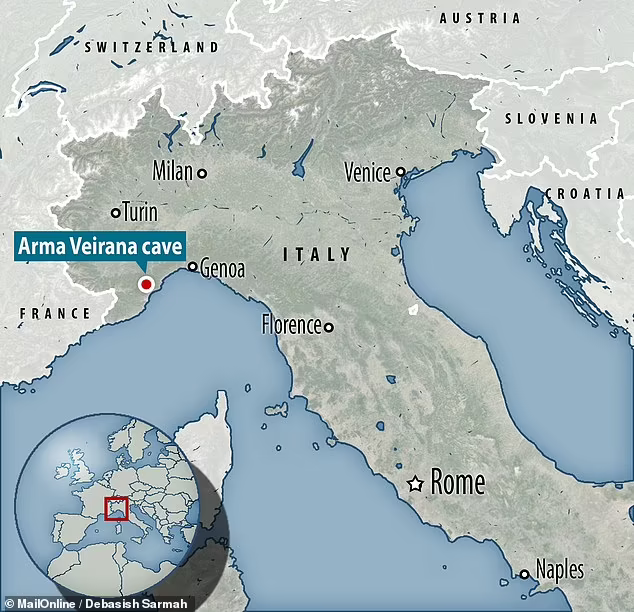Boomplaas Week 2&3: Opening the Site, SASQUA, and Return to Mossel bay
Week 2: A busy week was just wrapped up for the Boomplaas field season near Oudtshoorn, SA! The team was busy opening the site, as well as having many of our members attend and present at the Southern African Society for Quaternary Research. As much of our work this week was moving sandbags and taking opening Total Station shots, as well as attending/presenting at the conference I think this is a good week to introduce the Boomplaas site a bit.
Boomplaas is located in the foothills of the Swartberg Mountains in Southern South Africa. This place Boomplaas in what is locally called the Klein-Karoo (Afrikaans for Little Karoo). The Karoo is partially defined by its aridity, something which makes the well-watered foothills where Boomplaas is located special in the region.
Boomplaas cave has been in use since potentially 80,000 years before present if not earlier, with it being used in the Holocene as a kraal by pastoralists. The cave itself is made of precambrian limestone, and is part of the Cape Fold Mountains.
NYU student Pieper working as Site Recorder
Me sorting 3mm sieve material on site
The first excavations at Boomplaas were conducted by Dr. H.J. Deacon from 1974-1979. These excavations pulled up large amounts of Late Stone Age and Later Middle Stone Age material. The current excavation was started by Dr. Justin Pargeter (NYU) and Dr. Tyler Faith (UU) with the Cango Valley Archaeology and Paleoscape Project.
Caitlin (Excavator) taking opening shots for her square
After opening the site on Monday, the students were able to attend SASQUA on Tuesday. This was a fantastic opportunity to see much of the research happening across South Africa in paleoecology and archaeology. Multiple of the students participating in the excavation at Boomplaas this year were presenting their research at the conference on Tuesday, as was current research coming out of Boomplaas. This helped us students see how the work we had just begun doing would affect the field and be used.
While most of the students remained at our accommodations by the Boomplaas site, I was headed back to Mossel bay to begin working on coding faunal remains recovered from Pinnacle Point 5-6. This past week of lab work has been fantastic, if not the most exciting work. Each day starts with a lovely cappuccino by the beach, followed by 8-9 hours of pouring over small bone fragments for telltale modifications. I have one more week of lab work before heading back to Boomplaas for some excavation. Excited to share further updates then!










Comments
Post a Comment